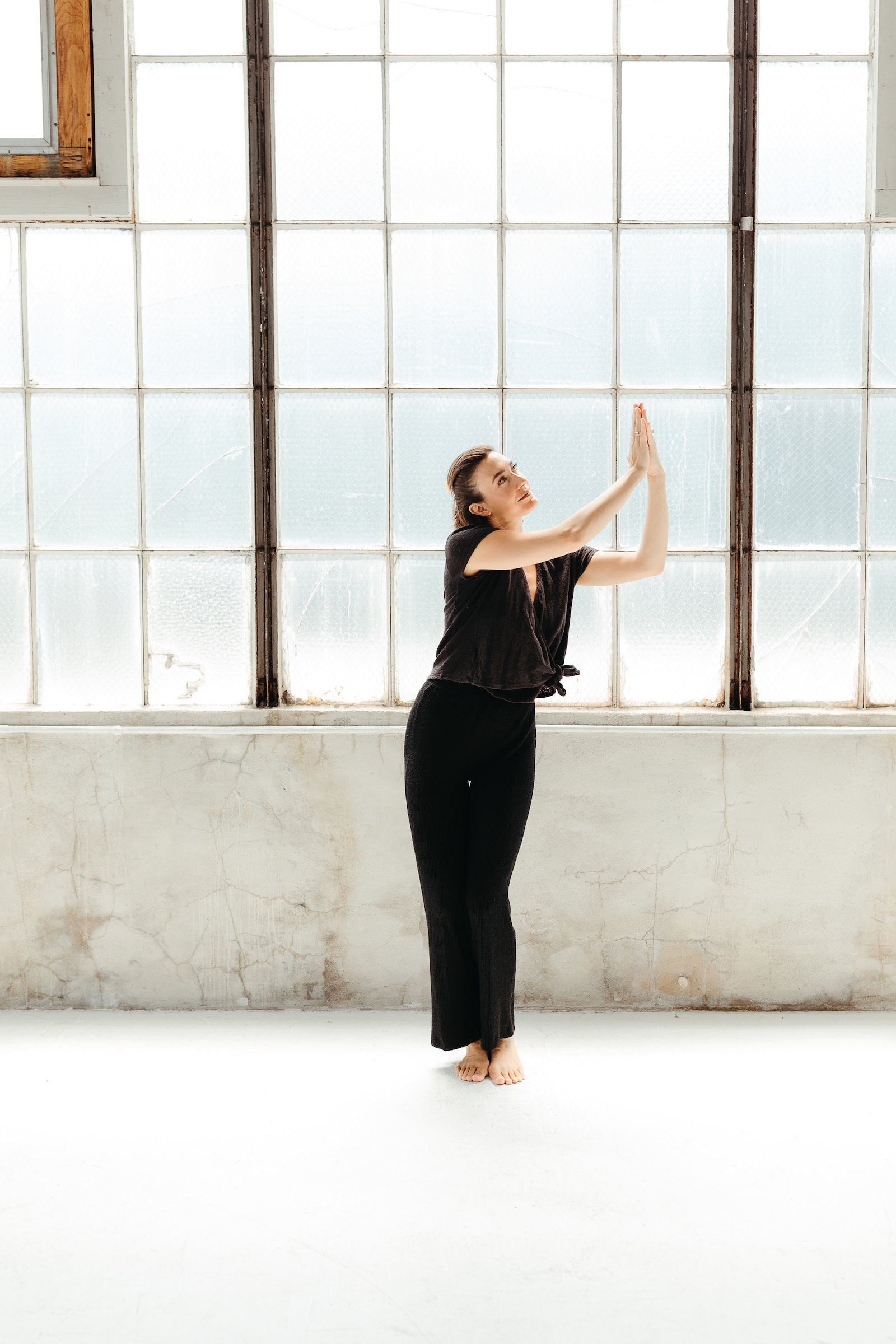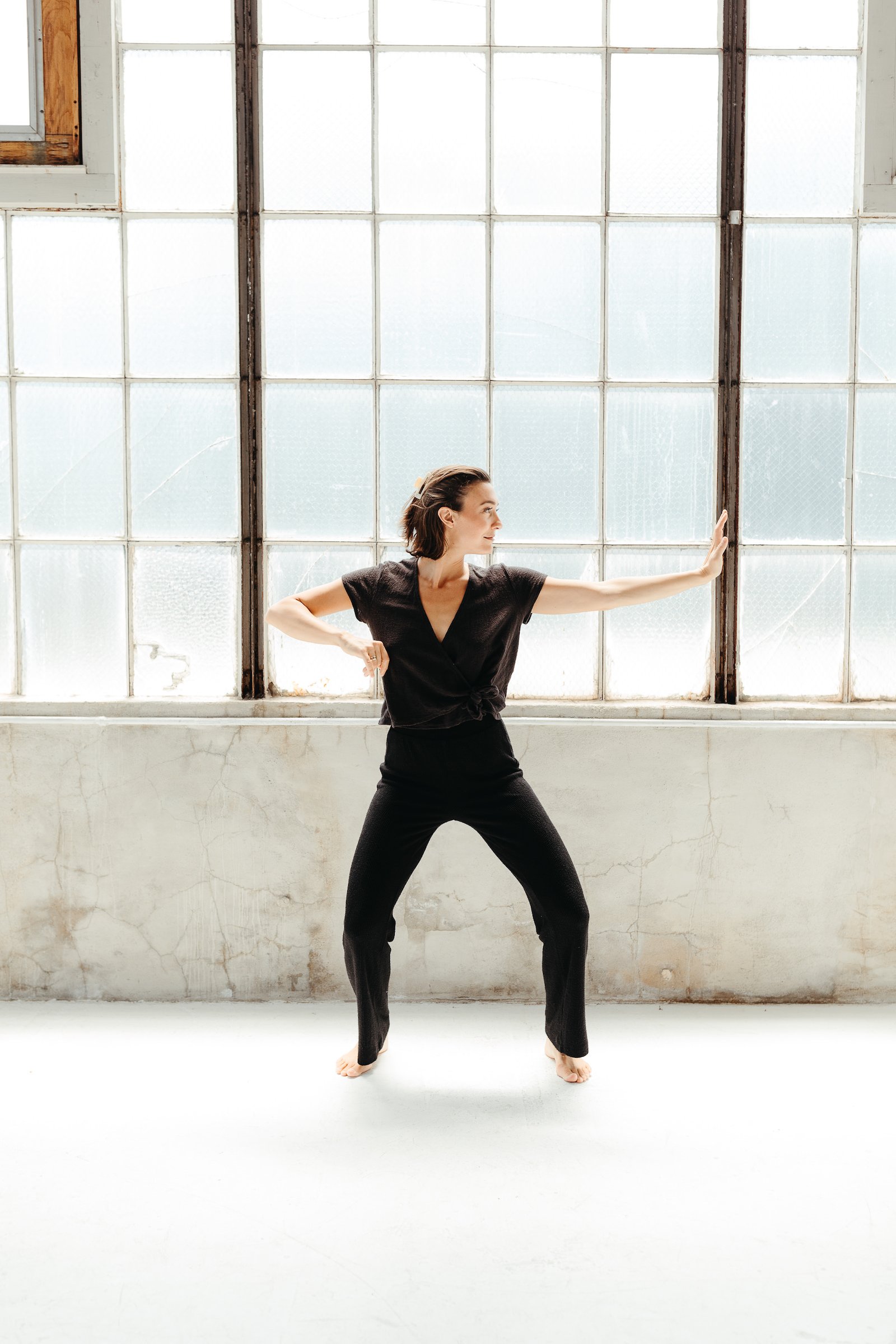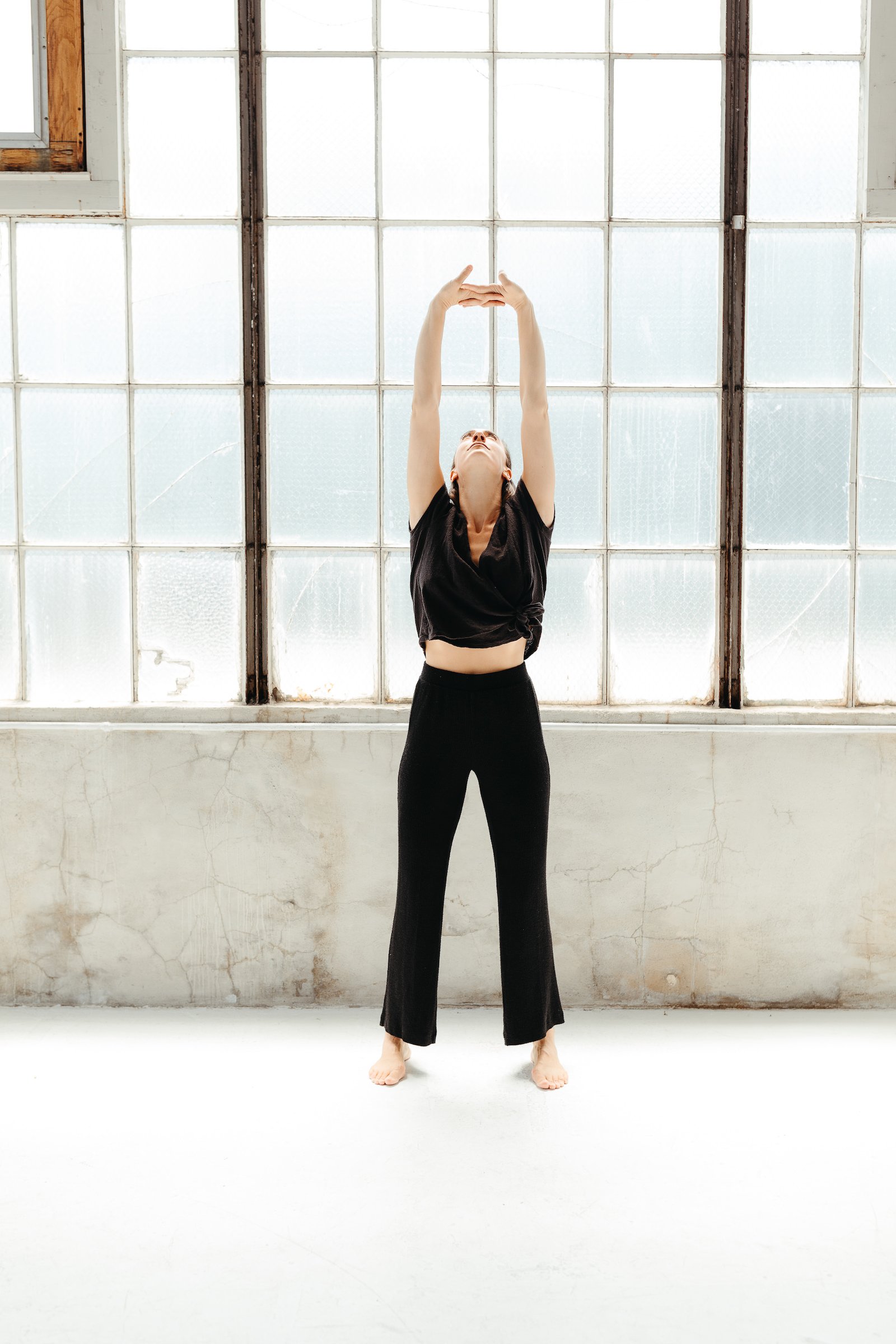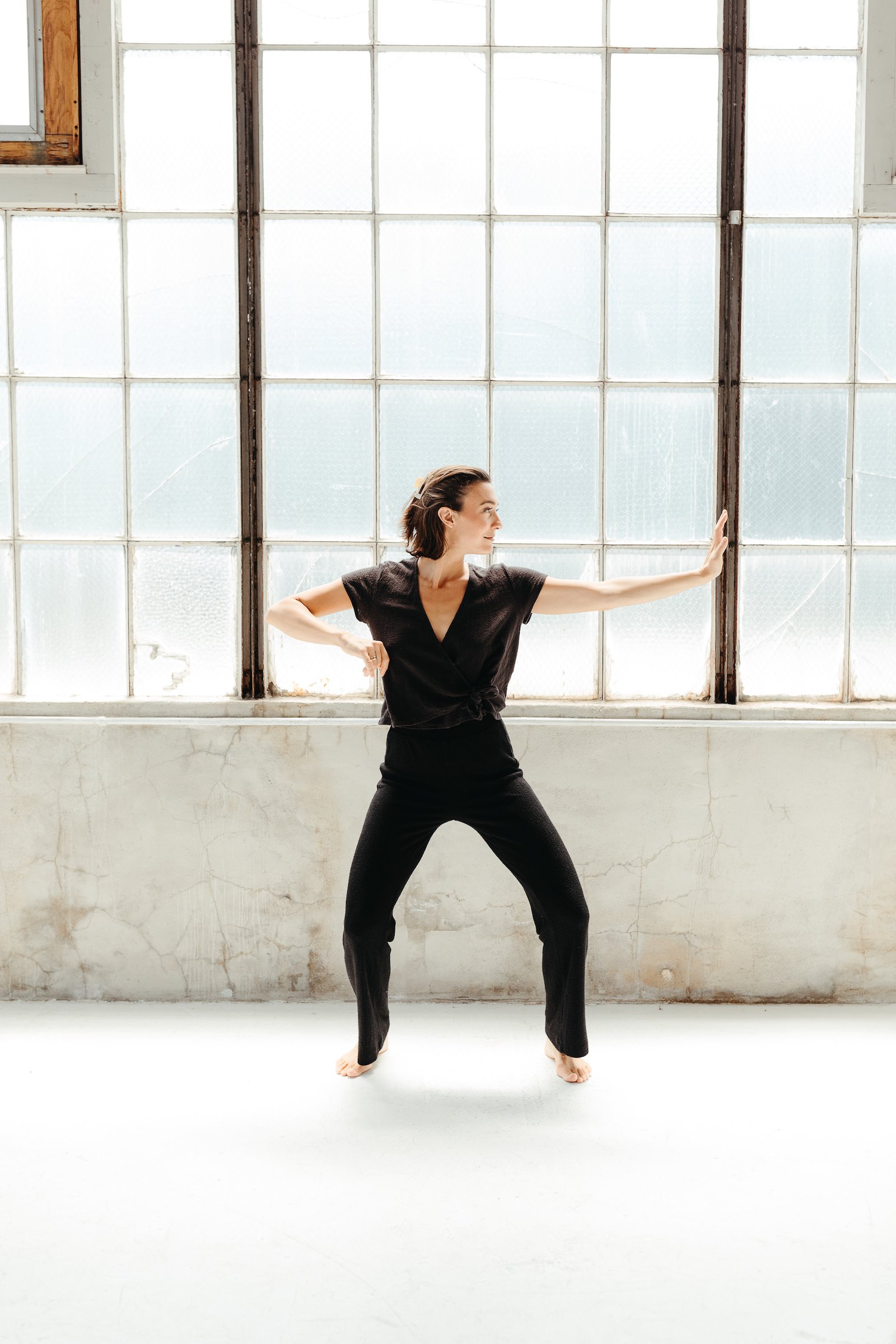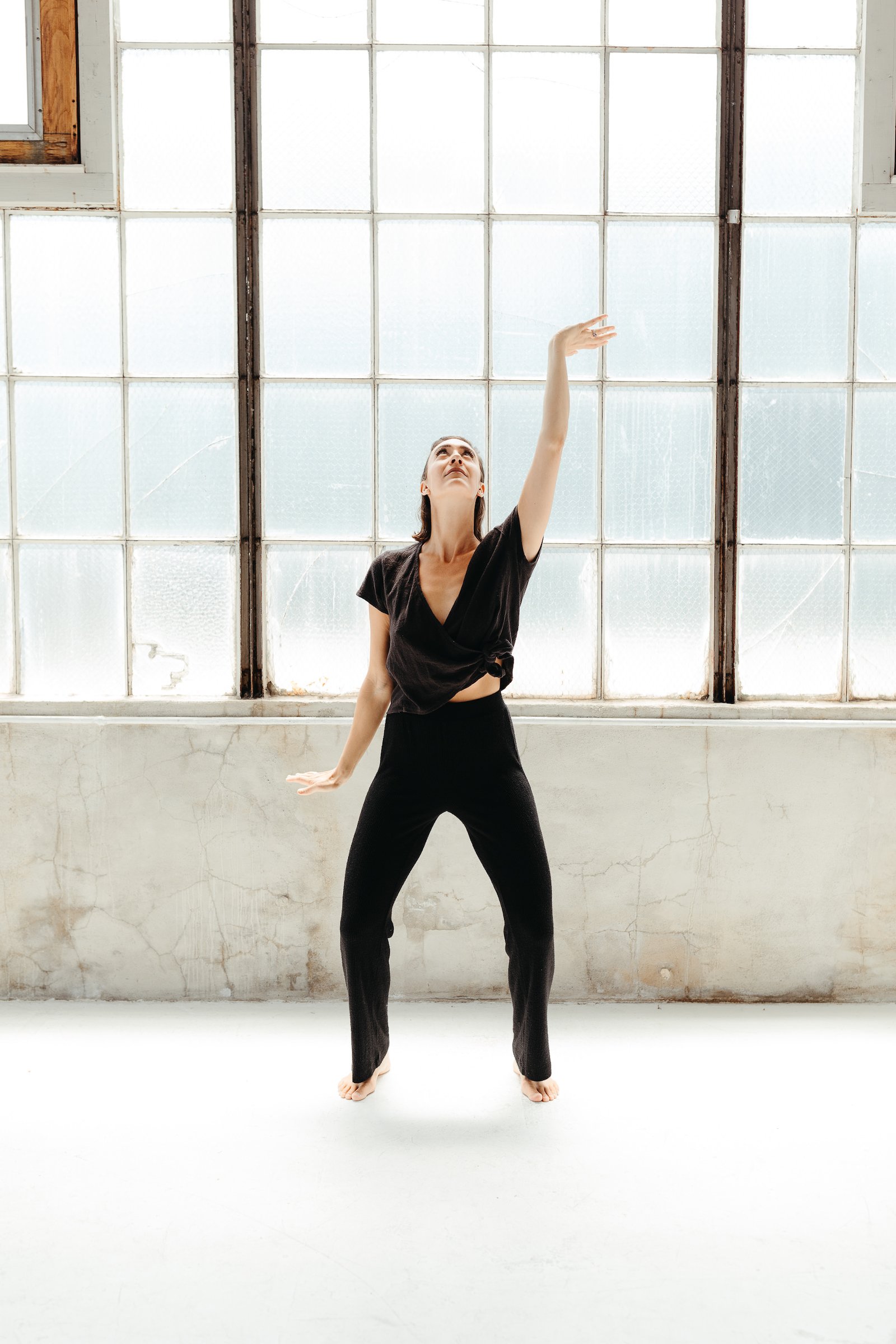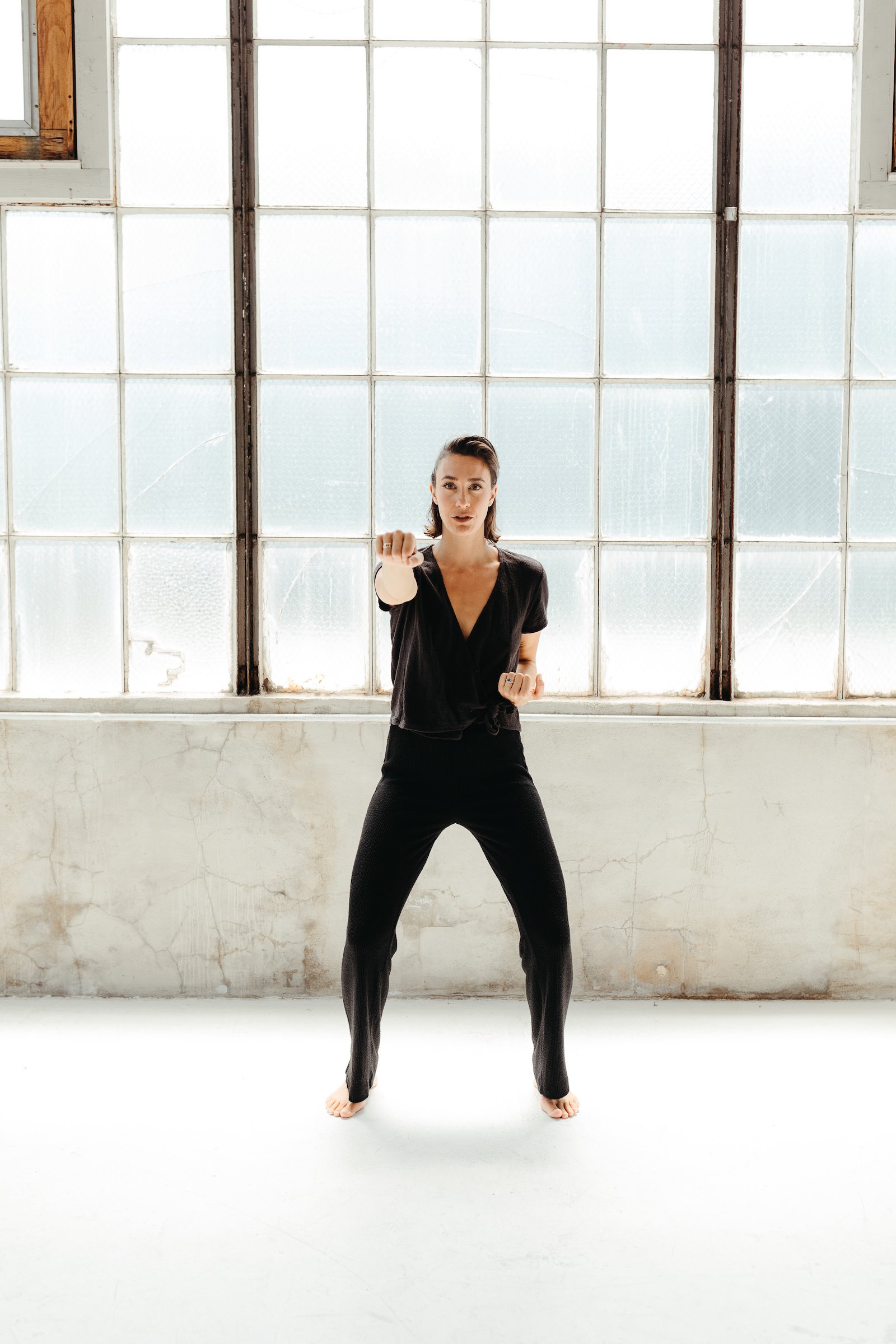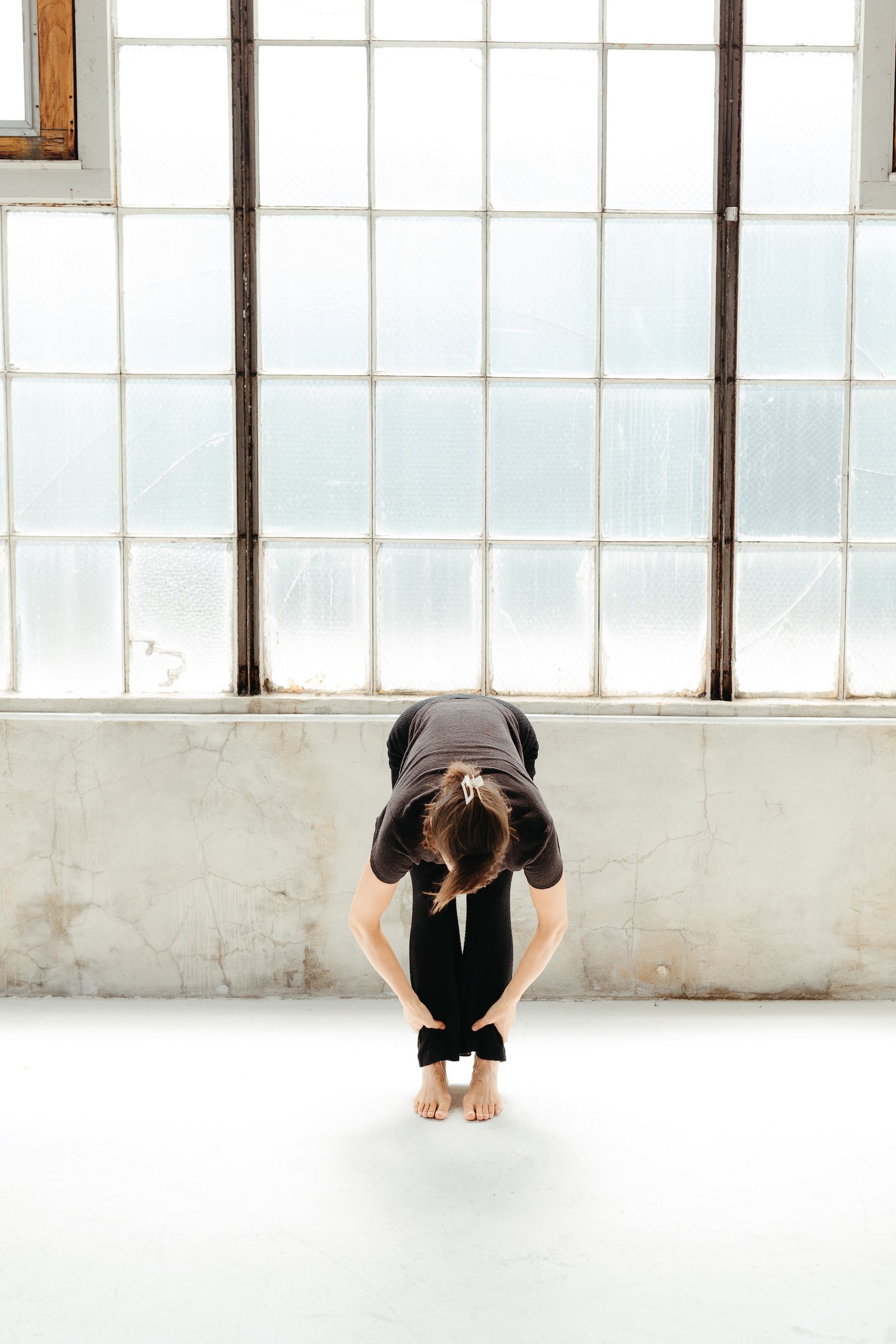Benefits of Qigong: Medicinal Movement for Enhancing Qi
Qigong (pronounced “chee-gong”) is an ancient Chinese practice that involves correlating breath with movement in such a way that it promotes vitality in the body and mind. It was developed and became a part of traditional Chinese medicine (TCM) to encourage qi or energy flow within the body.
Qi directly translates to “vital life force”, and qigong roughly translates to “to cultivate or enhance the inherent functional (energetic) essence of the human being.” In TCM, qi is the force that interconnects all things in the universe. When qi is balanced, there is harmony. When there is disruption to our qi, the body becomes unbalanced, which can manifest into illnesses. Qi is also found within our bodies at birth and is what provides energy to our physiological and psychological processes.
The practice of qigong is a meditative and therapeutic movement that ignites the qi in our bodies, regulating the energy and bringing balance to the mind and body. The rhythmic movements and breathwork are known to calm the mind while simultaneously waking up and enhancing circulation.
Medical Qigong Treatment
Medical qigong is the application and extension of qigong movement. This type of treatment can take the shape of many different forms depending on the unique modalities that each practitioner specializes in. There may be a combination of qi assessments (inferring the client’s energy state), healing touch, and guidance with specific qigong free flow poses included in this treatment. Medical qigong truly serves as a form of therapy that regulates and brings the qi back into balance. This form of transformational movement is one of the four branches of TCM, which accompanies herbal medicine, medical massage, and acupuncture.
While qigong movement is an amazing preventative and proactive way to keep the body and mind aligned, it can also be used to actively address a health issue. Medical qigong treatment is a holistic form of therapy that focuses on the root problem or cause of the person’s ailment and treats them as a whole.
More recently in Western medicine, qigong has been used in addition to allopathic medicine to support or soothe symptoms that arise from an illness itself, or from the treatment being received. The benefits of qigong are especially supportive for conditions that impact digestion, respiration, the heart, and the nervous system. The benefits have been known to reduce pain, improve balance, and increase lung capacity.
History of Medicinal Movement
Since as early as 2146 BC, qigong has been practiced as a form of medicinal movement. The catalyst for the creation of this movement was thought to be a historical flood that left a traditional Chinese village depressed and physically stagnant. The people had a deep need to move their bodies, so they came up with a “dance” called “Dao Yin” (qigong) to get their qi flowing again. This was the beginning of recognizing movement as a way to promote and support healthy bodies and minds.
In the beginning, Dao Yin was about expelling old breath with grunts and gruffs so new breath could be taken in. This was accompanied by movement that imitated animals, such as birds or bears, which was thought to grant long life. Over time, the grunts were removed and a very important piece of Dao Yin was introduced. It was called the “principle of peace.” A person must keep themself peaceful while practicing, and move and breathe with a graceful rhythm.
Dao Yin or qigong slowly evolved over the ages and grew to be one of the main branches of traditional Chinese medicine. Although qigong is often grouped in with physical exercise, the benefits of qigong movement are thought to be medicinal as they also integrate breathing with mental focus and the regulation of emotions.
Flow of the Body: Yin/Yang
Yin and yang are considered to be the opposing forces in all of life. In the body, these forces interact with each other to support the healthy balance and function of our organs. When either yin or yang is out of balance, illness starts to manifest.
TCM explains that an out-of-balance state is attributed to a deficiency of yin or yang or an excess of yin and yang. Since these two forces are also associated with organs, temperatures, and areas of the body, TCM practitioners are able to correct this flow by evaluating the root cause of the issue.
One of the significant benefits of qigong is that the poses are specifically designed to address and support both yin and yang, bringing them into harmony.
8 Brocades Poses
8 Brocades Poses
There are a total of eight foundational poses inthe qigong movement series, called the brocade poses. From these original eight poses, hundreds of different pose variations have evolved. Each pose is accompanied by the rhythmic pattern of long, slow, and deep breaths, followed by cleansing exhales. The eight foundational poses support different areas, functions, and strengths of the body, while serving as a fantastic starting point for harmonizing the body’s qi.
You can practice one specific pose if you need support with the indication it focuses on, or you can flow through all poses to encourage whole body qi flow. It is recommended to begin in Dan Tian position (or dantian) where menstruating individuals place their hands 3 inches below the navel and 1 inch above the pubis bone, left hand over right. Non-menstruating individuals do the same except right hand over left. The left hand symbolizes yin energy, and the right hand, yang energy.
If you’re practicing one pose, flow through around 7-15 times alternating from left to right. When you finish each pose, pause for a few seconds then begin again. If you’re flowing through each pose, practice each one about 6 times alternating from left to right, then move on to the next pose.
The breath for each pose should flow appropriately with the motion and the expelling exhale should come when you create the final position of the pose. The list is not fixed, merely suggested, so you’re more than welcome to change up the order in which you practice the poses.
Below I give a visual demonstration and summary of the benefits of the eight brocade poses.
To start, clear the bad breath from the lungs by breathing in deeply, then audibly exhaling. You can move your hands with your breath by lifting them up toward your chest when you breathe in, and pushing them down toward the earth when you breathe out.
8 Brocade Pose Breakdown
1. Palms Raise up to the Heavens
Balances the “triple burner” which is the container for all main organs and the regulator of qi and water functions throughout the body
2. Let the Arrow Fly
Benefits the strength and flexibility of the lower and upper back
Improves mobility and coordination
Supports movement of qi in the lungs and liver
3. Separate the Earth and Heavens
Energizes the qi of the spleen and stomach
Supports digestion
4. The Wise Owl Gazes Backwards
Gently squeezes and massages internal organs
Relieves tension in the eyes, back, neck, and hips
Great for those that sit for long periods of time
5. Sway the Head and Shake the Tail
Balances the fire energy (yang) in the body
Brings excess heat down into the kidneys to neutralize it
Proceed gently if you have lower body or back issues
This one is great for those that sit often
6. Clench the Fists and Gaze Fiercely
Build strength and flexibility in the body - specifically legs
Strengthens liver qi
Increases strength of the tendons
7. Two Hands Hold the Feet
Mobilizes, massages, and strengthens the spinal column
Strengthens the waist, which is the container of the kidneys
Kidneys are related to reproduction, bone and bone marrow, and the balance of yin and yang
8. Bouncing on the Toes
Stimulates Du Mai meridian, which is the seat of yang energy
Massages a kidney point
Calming and grounding for the mind and body
Qigong is an ancient art, practice, and medicinal movement that provides specialized focus to different areas and energies of the body. It not only encourages physical health, but it supports psychological and spiritual well-being as well.
Contact us to inquire about Wildflower Clinics’ Qigong retreats and events!
Sources
Chen, X., Cui, J., Li, R., Norton, R., Park, J., Kong, J., & Yeung, A. (2019). Dao Yin (a.k.a. Qigong): Origin, Development, Potential Mechanisms, and Clinical Applications. Evidence-based complementary and alternative medicine : eCAM, 2019, 3705120. https://doi.org/10.1155/2019/3705120
Icmq. (2022). What is medical qigong? International College of Medical Qigong. Retrieved from: https://www.medicalqigong.org/index.php/icmq-news/resources/44-resources/94-what-is-medical-qigong#:~:text=Tailored%20specifically%20to%20the%20clientmedical,the%20client%20as%20a%20whole.
Jahnke, R., Larkey, L., Rogers, C., Etnier, J., & Lin, F. (2010). A comprehensive review of health benefits of qigong and tai chi. American journal of health promotion : AJHP, 24(6), e1–e25. https://www.ncbi.nlm.nih.gov/pmc/articles/PMC3085832/
National Institutes of Health (2022). Qigong: What you need to know. National Center for Complementary and Integrative Health. Retrieved from: https://www.nccih.nih.gov/health/qigong-what-you-need-to-know
Shetler, S., Shetler, S. (2013). Abundant Health: Fitness for the Mind, Body, and Spirit. (n.p.): Lulu Press, Incorporated.
Zhang, M., Moalin, M., Vervoort, L., Li, Z. W., Wu, W. B., & Haenen, G. (2019). Connecting Western and Eastern Medicine from an Energy Perspective. International journal of molecular sciences, 20(6), 1512. https://doi.org/10.3390/ijms20061512

